Don’t just take my word for it. here is the text of the NEJM report:
Doctors on Coverage — Physicians’ Views on a New Public Insurance Option and Medicare Expansion
Posted by NEJM • September 14th, 2009 • Printer-friendly
Salomeh Keyhani, M.D., M.P.H., and Alex Federman, M.D., M.P.H.
In the past few months, a key point of contention in the health care reform debate has been whether a public health insurance option should be included in the final legislation. Although polls have shown that 52 to 69% of Americans support such an option,1 the views of physicians are unclear. Physicians are critical stakeholders in health care reform and have been influential in shaping health policy throughout the history of organized medicine in the United States.2
The voices of physicians in the current debate have emanated almost exclusively from national physicians’ groups and societies. Like any special-interest group, these organizations claim to represent their members (and often nonmembers as well). The result is a well-established understanding of the interests of physicians’ societies but little, if any, understanding of views among physicians in general. Faced with this absence of empirical data, we conducted a national survey of physicians to inform federal policymakers about physicians’ views of proposed expansions of health care coverage.
In April 2009, we obtained data on a random sample of 6000 physicians from the American Medical Association (AMA) Physician Masterfile, which includes current data on all U.S. physicians. We excluded physicians from U.S. territories because health care reform may not be as relevant to them, and we excluded physicians in training because of their limited experience with insurance; a sample of 5157 physicians remained. We categorized physicians into four groups: primary care physicians (in internal medicine, pediatrics, or family practice); medical subspecialists, neurologists, and psychiatrists; surgical specialists and subspecialists; and other specialties. The survey instrument we used was developed with the input of an expert panel, and we conducted cognitive testing and pilot testing to ensure its clarity and relevance. (More detailed information about our methods can be found in the Supplementary Appendix, available with the full text of this article at NEJM.org.)
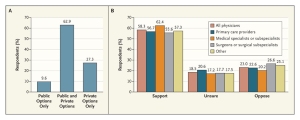
NEJM Report Data
Survey respondents were asked to indicate which of three options for expanding health insurance coverage they would most strongly support: public and private options, providing people younger than 65 years of age the choice of enrolling in a new public health insurance plan (like Medicare) or in private plans; private options only, providing people with tax credits or subsidies, if they have low income, to buy private insurance coverage, without creating a new public plan; or a public option only, eliminating private insurance and covering everyone through a single public plan like Medicare. We also assessed the level of physician support for a proposal that would enable adults between the ages of 55 and 64 years to buy into the current Medicare program — a strategy that the Senate Finance Committee has proposed.
Data were also collected on additional variables that might be associated with preferences for different expansion options, such as time spent on clinical duties each week, whether physicians owned their own practice, salary status, and type of practice. The survey has been in the field for approximately 2 months (June 25, 2009, to September 3, 2009). All available data were analyzed on September 4, 2009. A third survey wave was initiated on August 27, 2009.
The final sample included 5157 physicians, but 221 of them had an incorrect or incomplete address or were deceased. Of the remaining 4936 physicians, 2130 returned the survey — a response rate of 43.2%. Women made up a smaller proportion of respondents than of nonrespondents (26.8% vs. 31.2%, P<0.001), and the average age of respondents was 1 year older than that of nonrespondents. There were no significant differences associated with practice location (census division or urban vs. rural setting), practice type, or specialty group. There were no significant differences in the characteristics of respondents to different survey waves (for details, see the Supplementary Appendix).
Overall, a majority of physicians (62.9%) supported public and private options (see Panel A of graph). Only 27.3% supported offering private options only. Respondents — across all demographic subgroups, specialties, practice locations, and practice types — showed majority support (>57.4%) for the inclusion of a public option (see Table 1). Primary care providers were the most likely to support a public option (65.2%); among the other specialty groups, the “other” physicians — those in fields that generally have less regular direct contact with patients, such as radiology, anesthesiology, and nuclear medicine — were the least likely to support a public option, though 57.4% did so. Physicians in every census region showed majority support for a public option, with percentages in favor ranging from 58.9% in the South to 69.7% in the Northeast. Practice owners were less likely than nonowners to support a public option (59.7% vs. 67.1%, P<0.001), but a majority still supported it. Finally, there was also majority support for a public option among AMA members (62.2%).
20090914_keyh_f1Physicians’ Support of Options for Expanding Insurance Coverage and Medicare.
Panel A shows the proportion of survey respondents who favored public options only, those who favored both public and private options, and those who favored private options only. Panel B shows the proportions of respondents (according to their medical specialty) who supported, opposed, or were undecided about the expansion of Medicare to include adults between the ages of 55 and 64 years. The proportion of support was consistent across all four specialty groups (P=0.08).
20090914_keyh_t1
Overall, 58.3% of respondents supported an expansion of Medicare to Americans between the ages of 55 and 64 years (see Panel B of graph). This support was consistent across all four specialty groups, with proportions in favor ranging from 55.6% to 62.4% (P=0.08).
Physicians’ groups have strongly influenced efforts in health care reform throughout modern U.S. history2 and in so doing may have often obscured the collective views of individual physicians across the spectrum of specialties, interests, and regional affiliations. Given the enormity of the current effort to reform health care and its potential effect on future generations of Americans, policymakers need to hear the views of the whole range of physicians on the key elements of reform.
On one of the most critical elements — expansion of coverage — our study of a national sample of physicians showed that a clear majority support a combined public–private approach to expanding health insurance. We found that physicians’ support for including a public option in the reform package largely mirrors the support revealed in national public polls conducted throughout the spring and summer of this year.1 A similar proportion of physicians also supported the expansion of Medicare to help cover the near-elderly population. Support of public and private options was consistent across a wide range of physicians, including those from the traditionally conservative southern regions of the United States, those with a financial stake in their practice, and members of the AMA — despite that organization’s history of opposition to reform efforts.2 The AMA’s 2009 platform on health care reform originally endorsed an expansion of health insurance through private means.3 But the organization recently came out in support of a House proposal for reform that includes a new public option4 — a position that our data suggest is consistent with the views of its members.
Some limitations of our study deserve comment. First, our response rate was 43.2%, which is modest, though typical of the most recent national physician surveys and surveys in general. There were no significant differences between survey respondents and nonrespondents in important characteristics, such as specialty, practice location, and practice type. Second, physicians’ opinions about strategies for expanding health insurance coverage may have evolved during the period of data collection, given the intensive press coverage of the issues. However, we found no significant differences between respondents in the first and second waves of the survey. Finally, we did not ask physicians their views on other proposed solutions, such as insurance cooperatives.
Nonetheless, it seems clear that the majority of U.S. physicians support using both public and private insurance options to expand coverage. A majority of physicians also support the expansion of Medicare. Support for the public option is consistent across physician specialties, practice settings, and regions of the country, and therefore should be carefully considered by lawmakers as they finalize legislation to reform health care and provide coverage for 47 million uninsured Americans.
No potential conflict of interest relevant to this article was reported.
Source Information
From the James J. Peters Veterans Administration Medical Center, Bronx, NY (S.K.); and the Department of Health Policy (S.K.) and the Division of General Internal Medicine (S.K., A.F.), Mount Sinai School of Medicine, New York.
This article (10.1056/NEJMp0908239) was published on September 14, 2009, at NEJM.org.
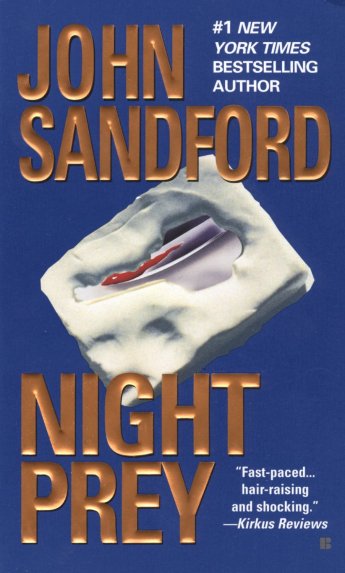

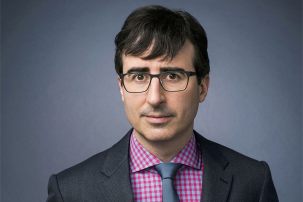
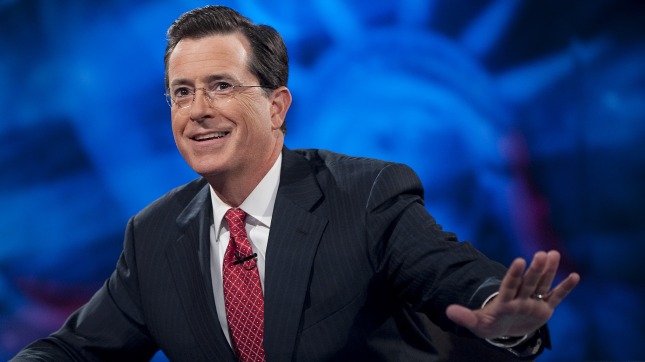

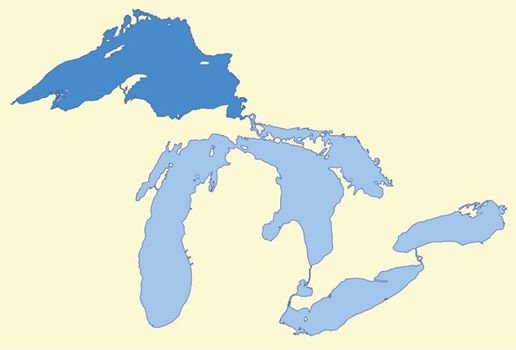
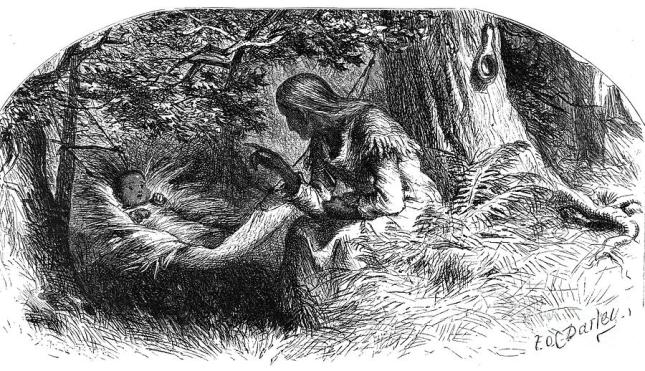
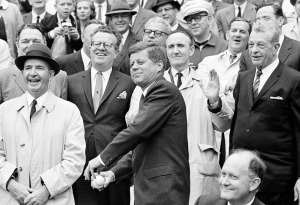
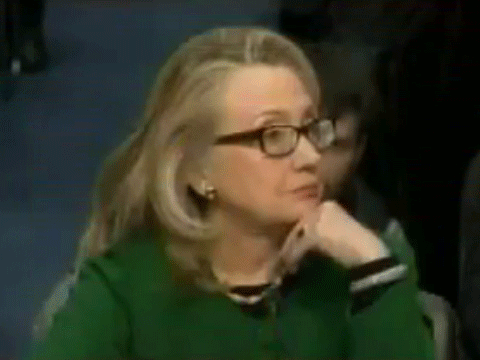

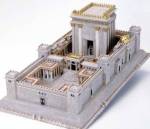

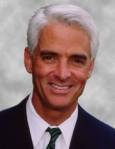
![Reblog this post [with Zemanta]](https://i0.wp.com/img.zemanta.com/reblog_e.png)

